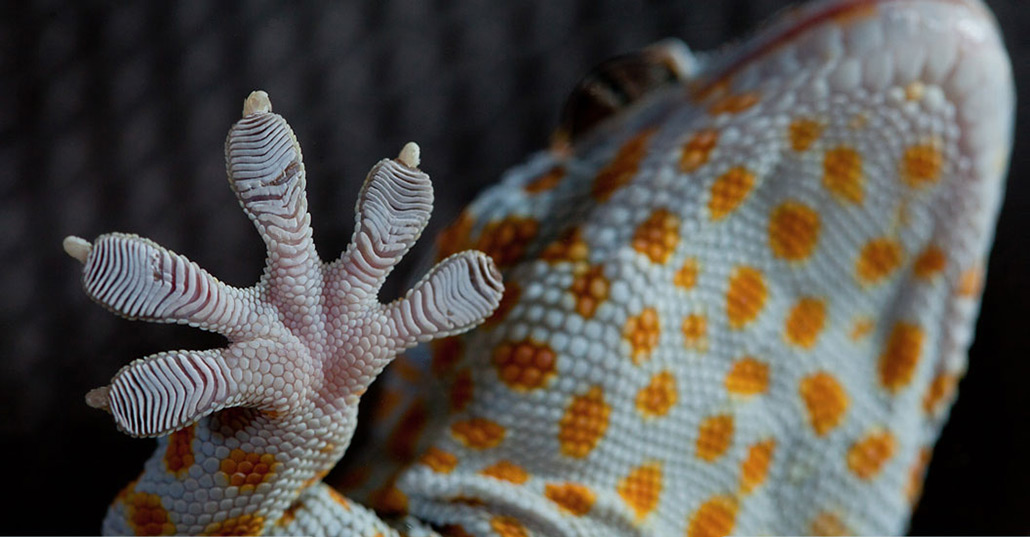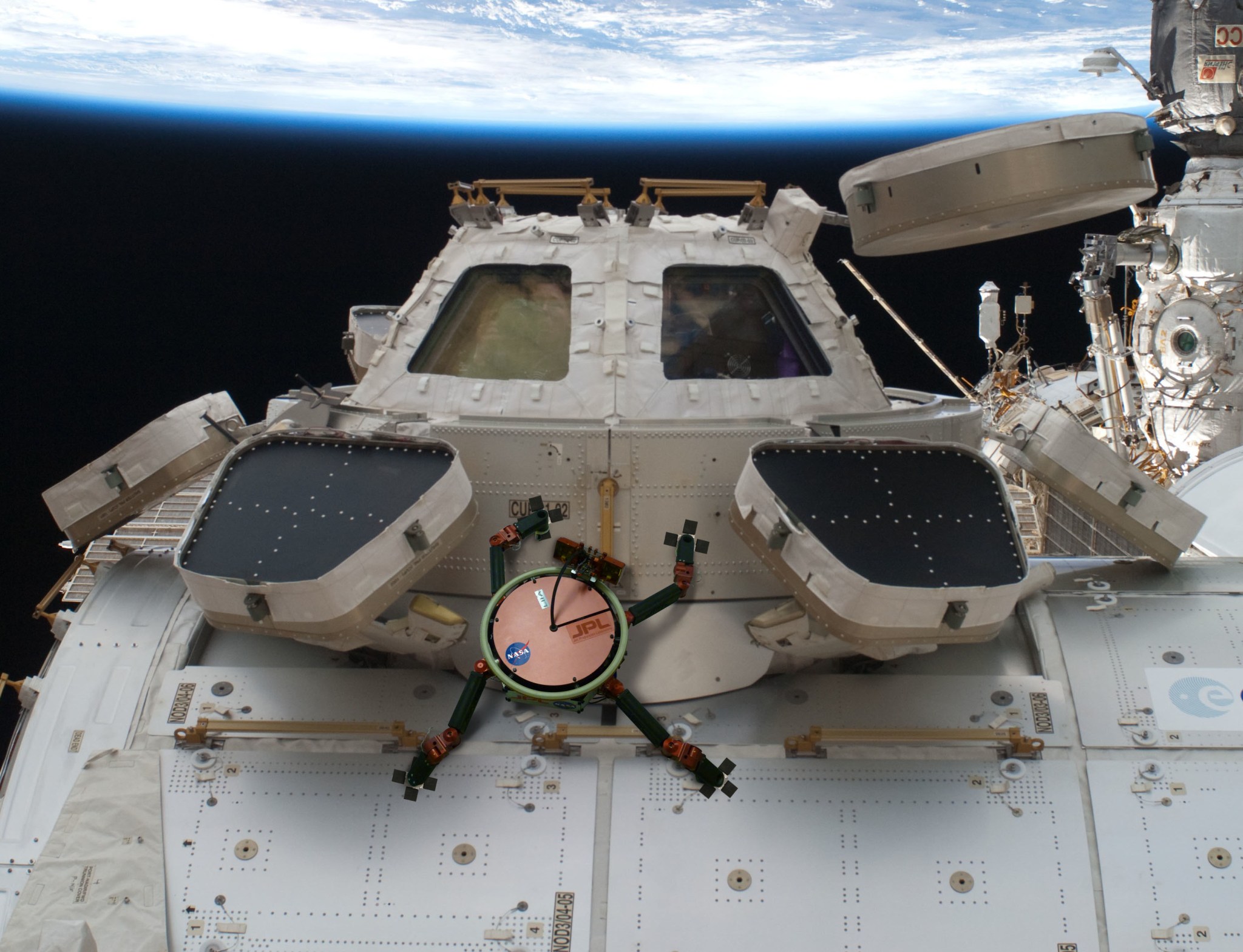Week 8: Nanotechnology and Art
Nanotech is truly a fascinating category of science that I was not familiar with. The term "nano" is derived from the Greek word dwarf. However, in scientific terms, nano can be defined as a billionth of a meter (Gimzewski). Nanotec technology has numerous practical applications including the fabrics used in sports apparel to prevent odor, "stay fresh bags" for food longevity, self-cleaning glass, and many other examples (Gimzewski). In addition, Professor Vesna shares that nanotechnology will introduce "...a whole new area into our lives"... "going beyond everything we have known" (Vesna). While these examples are extremely fascinating I was most interested in how nanotechnology is incorporated in geckos' ability to walk on walls and ceilings.

Geckos' remarkable ability to scale verticle surfaces and even ceilings is a prime example of nature's nanotechnological at work. Furthermore, scientists found that this ability is attributed to millions of tiny hair-like structures known as setae, which are so small that they interact with surfaces at a molecular level (nistgov). These interactions are driven by van der Waals forces, where the nuclei of the atoms are not evenly spaced. the positive atoms attracted the negative atoms, resulting in this adhesive-like material (NASA).

"This artist’s concept shows how a future robot called LEMUR (Limbed Excursion Mechanical Utility Robot) could inspect and maintain installations on the International Space Station. The robot would stick to the outside using a gecko-inspired gripping system." (Gecko Grippers Moving on Up.)
Researchers at NASA's Jet Propulsion Laboratory are developing a superior adhesive system inspired by geckos. They have created what they call "astronaut anchors" for potential use inside the international space station to attach items such as clipboards and pictures to the walls. Nasa states, "The gecko material was separately tested in more than 30,000 cycles of turning the stickiness 'on' and 'off,'" and found that the adhesive stayed relatively strong (Gecko Grippers Moving on Up).
The work being done at NASA showcases the potential for nanotechnology and biomimicry. By studying the setae found in gecko feet, NASA can use these findings to their advantage in space. It truly is phenomenal how the intersection between nature, science, art, and technology can help all facets of human life.
Works Cited
“Biomimetic Materials: Gecko Feet Adhesives.” YouTube, January 15, 2018. https://www.youtube.com/watch?v=tss8zYFiodQ.
“Gecko Grippers Moving on Up.” NASA, July 25, 2023. https://www.nasa.gov/missions/station/gecko- grippers-moving-on-up/.
“GeckskinTM Is a New Super-Adhesive Based on the Mechanics of Gecko Feet.” GeckSkin. Accessed May 23, 2024. https://geckskin.umass.edu/.
Gimzewski, Jim. "Nanotech For Artists Part 1" Lecture 2012.
Gimzewski, Jim. "Nanotech For Artists Part 3" Lecture 2012.
Vesna, Victoria. "Nanotech Intro" Lecture 2012

Hi Mallory,
ReplyDeleteI found it interesting how Geckos' incredible climbing ability exemplifies nature's nanotechnology at work. NASA's development of "astronaut anchors" inspired by gecko feet demonstrates the potential of biomimicry, showcasing how studying nature can lead to innovative solutions in technology and space exploration. This intersection of nature, science, art, and technology shows the endless possibilities for enhancing human life. Good work!